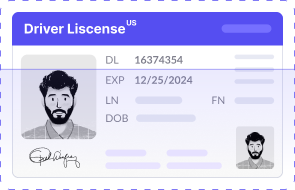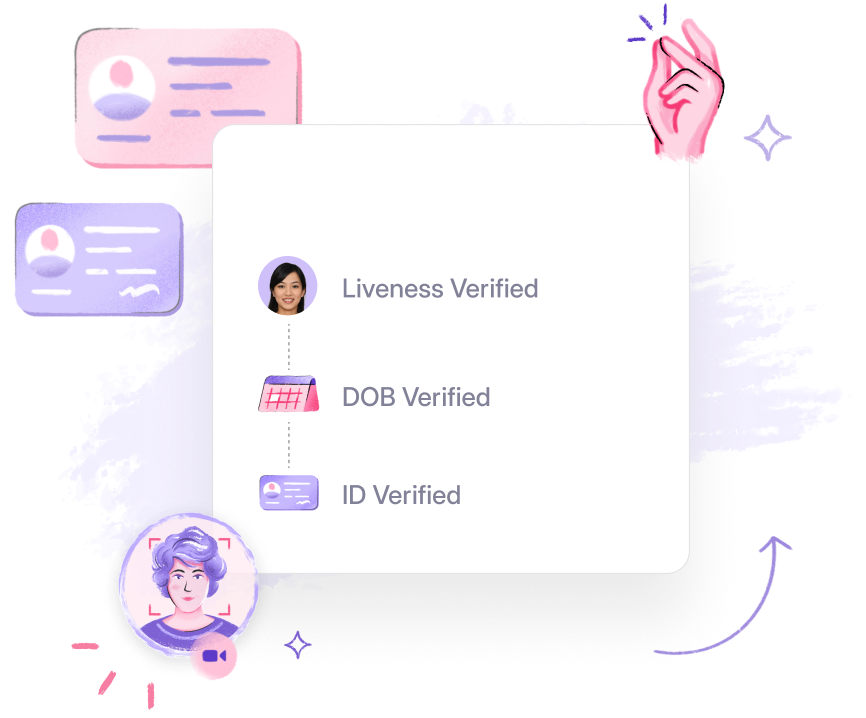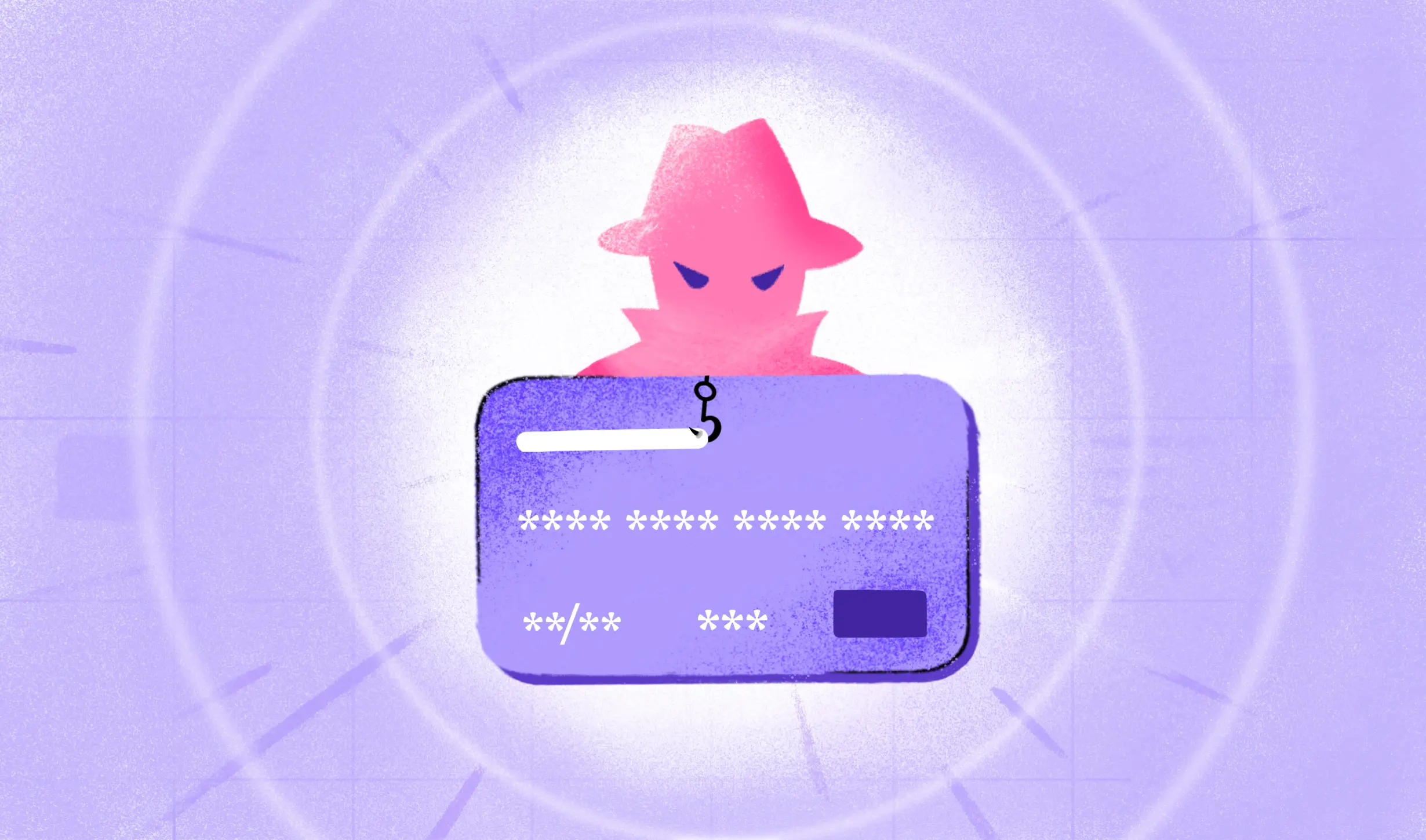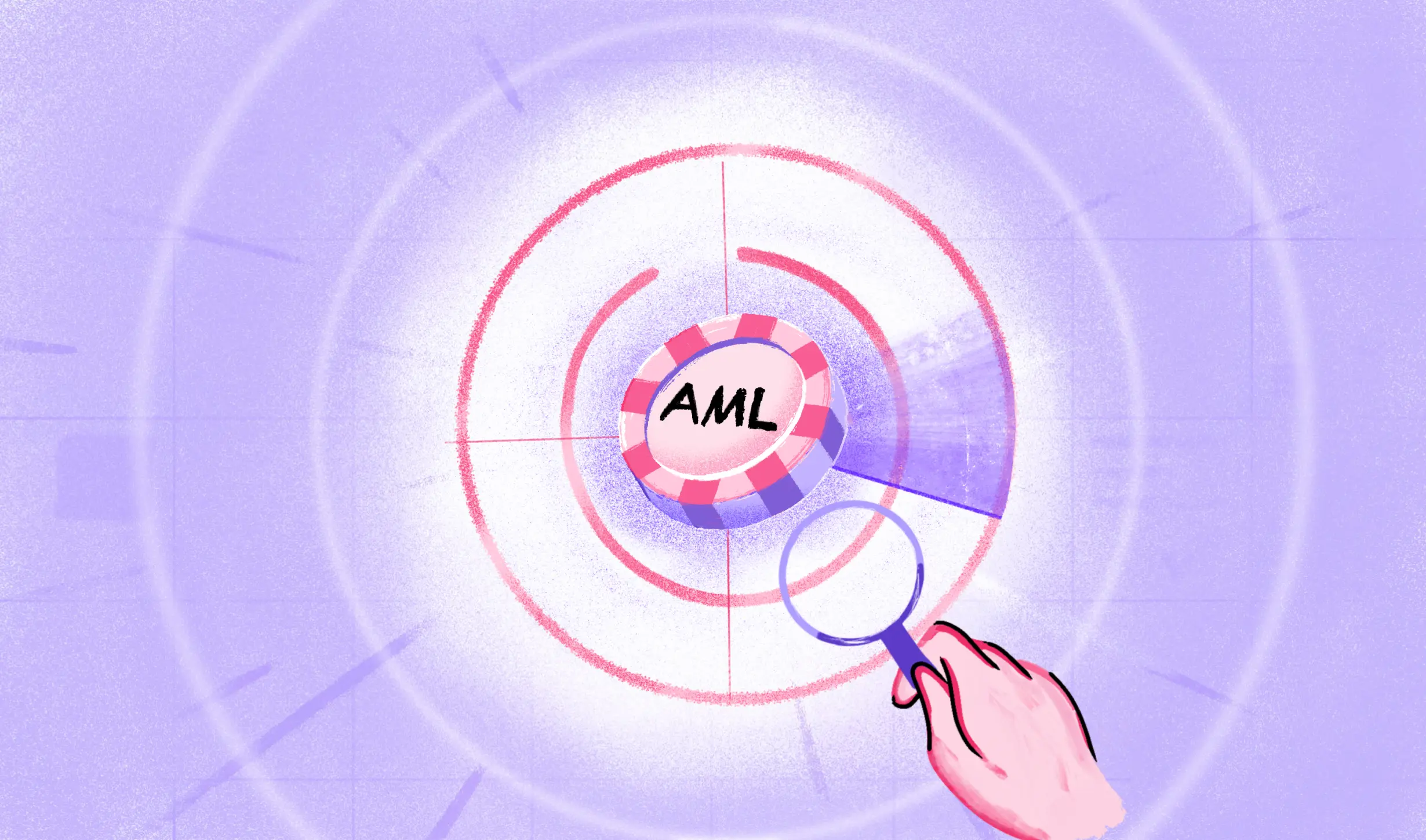Age gating and age verification are critical for online safety, particularly in safeguarding minors from accessing inappropriate content. Age gating, a method commonly used by alcohol, gambling, and online dating websites, simply requires users to confirm their age. However, its effectiveness is questionable, as it’s easily bypassed, pointing to the need for more stringent age verification measures.
This need is underscored by compelling statistics. In the European Union, where age verification efforts are aimed at protecting the 18% of the population who are under 18, the significance of robust age verification is clear. Similarly, the high compliance rate of 87% among retailers using remote age verification shows a strong industry commitment to protecting minors. Moreover, the recent surge in online marketplace security, with a 72% increase in the use of ID verification technology during the global pandemic, highlights the growing recognition of the importance of safeguarding online spaces.
These statistics not only demonstrate the critical role of age verification in enhancing online safety but also reflect the broader trend towards more secure digital environments, particularly for protecting younger internet users.
What is Age Gating
Age gating is a fundamental practice in digital content management, designed to restrict access based on age. This method involves an age gate in the form of a page or pop-up that prompts website visitors to confirm they are of legal age to engage with the site’s offerings. Commonly used in industries dealing with age-sensitive products or services, age gating serves as a first line of defense against underage access.
Common Use Cases and Industries That Use Age Gating
Various industries implement age gating to comply with legal and ethical standards. These include:
- Pornography: Websites hosting restricted or inappropriate content material often require age confirmation.
- Alcohol: Sites selling or promoting alcohol use age gating to limit access to legal-age individuals.
- Tobacco Products, Vaping, and E-Cigarettes: Age gating is crucial to restrict sales and information to appropriate age groups.
- Cannabis: As the legal status of cannabis varies, age gating ensures compliance with local laws.
- Gaming and Age-Rated Video Gaming: To prevent exposure of minors to mature content, gaming websites employ age-gating.
What is Age Gated Content?
Age-gated content refers to online materials and services that are restricted based on the user’s age. This practice is not just a legal obligation but also an ethical one, ensuring that content or services potentially harmful or inappropriate for certain age groups are not easily accessible.
Examples of Age-Gated Content
- Adult Content: Websites with sexually explicit material use age gating to comply with age restriction laws.
- Online Gaming: Games with mature or violent themes implement age-gating to shield younger audiences.
- Alcohol and Tobacco: Legal restrictions on these products necessitate age group verification processes for access.
This approach is vital in maintaining a safe online environment, especially in sectors where age sensitivity is a key concern. The usage of age-gating across these industries highlights its importance in regulatory compliance and ethical responsibility.
You can explore Age Verification Solutions to understand how this technology can enhance safety and compliance in various sectors.
Key Advantages of Age-Gating Tools
Age gating, a foundational aspect of online content management, provides several advantages, particularly in safeguarding minors from inappropriate content. This approach is widely adopted across various industries, from e-commerce to digital entertainment.
- Prevention of Underage Access: The primary benefit of age gating is its role in deterring underage visitors from accessing content they shouldn’t. By requiring users to confirm their age, age gates serve as a basic but effective barrier against underage access to sensitive content. In the wake of several incidents related to children falling prey to online predators on social media, the government is reportedly planning to bring out a new strategy that offers multiple options to social media and internet intermediaries to enforce age-gating and subsequent parental consent management.
- Simplicity and Cost-Effectiveness: Age gates are easy to implement and cost-effective. This makes them a go-to choice for many websites, especially those just starting to consider age restrictions.
- Building Trust and Compliance: Age gates assist e-commerce providers in building trust with their users. By actively preventing minors from accessing age-restricted content, these businesses demonstrate their commitment to minor safety and adherence to state laws, thereby enhancing their reputation and trustworthiness
- Valuable Demographic Insights: Implementing age gates enables businesses to collect important user demographic data. This data is invaluable for tailoring content and marketing strategies to target age groups, ensuring a more personalized user experience.
- Ethical Responsibility: By employing an age gate, companies show their ethical responsibility in protecting minors online. This not only helps in regulatory compliance but also reflects positively on the company’s brand image, portraying them as responsible and mindful of their audience’s well-being.
Disadvantages of Implementing an Age Gate
While age gating is a prevalent method for restricting access to age-sensitive online content, it comes with notable disadvantages. These limitations prompt a reevaluation of its effectiveness, especially in industries subject to strict legal and ethical standards.
Limitations of Age Gating
- Ease of Bypassing: The most glaring issue with age gating is its vulnerability to deceit. It’s easy for minors to bypass these gates by falsely claiming to be older or providing a fake date of birth. This loophole undermines the purpose of age-gating, making it an unreliable method for ensuring age-appropriate access.
- Regulatory Non-Compliance: Age gating often falls short of meeting the regulatory minimum age requirement. For instance, laws like the Stop Tobacco Access to Kids Enforcement Act and the National Minimum Drinking Age Act of 1984 mandate more rigorous age verification than what age gates offer. This discrepancy can lead to legal challenges for businesses relying solely on age-gating.
- Public Criticism and Security Concerns: The public often criticizes age gating for its security gaps. This criticism can extend to concerns over a brand’s commitment to minor safety and responsible content management. A weak age-gating system might lead to negative perceptions about a brand’s dedication to online safety and privacy.
- Inadequate for Sensitive Industries: Industries dealing with highly sensitive or regulated content, such as alcohol, tobacco, and adult entertainment, find age-gating insufficient. The method does not align with the stringent age verification tools required by law in these sectors, necessitating more robust solutions.
- Lack of Robust Data Collection: Unlike more advanced age verification solutions, age gating does not allow for the collection of verified demographic data, which can be crucial for businesses in understanding and serving their target audience better.
In light of these limitations, it’s evident that while age gating can be a starting point for restricting access, it often requires reinforcement with more comprehensive age verification solutions. These solutions offer higher reliability, compliance, and security, addressing the critical gaps left by age-gating.
How Do Age Verification Systems Work?
An age verification system is critical to ensuring online safety and regulatory compliance. These systems function by validating a customer’s age before allowing access to age-restricted products or services. The process involves various methodologies, each tailored to suit different requirements and security levels.
Methodologies in Age Verification Systems
- Self Declaration: This low-security method involves users voluntarily providing their age or date of birth. While common among social media platforms, it heavily relies on user honesty and lacks mechanisms for verifying accuracy.
- Credit Card Analysis: This method uses credit card information, operating on the premise that owning a credit card indicates legal age. It’s a step towards correlating financial status with age eligibility.
- Database Scrutiny: A more thorough approach involves checking against verified databases like voter registers and utility providers. This method is exemplified by Identity Verification checks, which validate data across multiple registers.
- Document Authentication: For higher assurance, online document checks are employed. Users provide identification documents for meticulous scrutiny, often coupled with biometric checks to affirm identity congruence.
- Facial Biometric using AI: Facial age verification technology uses selfie verification for age assessment, offering a secure and privacy-centric approach without the need to divulge personal information.

Advantages of Age Verification
- Regulatory Compliance: Age verification is crucial for staying compliant with national regulations, and helping businesses avoid legal complications and fines.
- Fraud Prevention: Robust age verification checks protect users from identity fraud by granting access only to verified individuals.
- Protecting Minors: It’s a social responsibility to prevent underage from accessing age-restricted content, essential for maintaining customer trust and brand integrity.
- Increased Security: Electronic IDs (eIDs) offer an assurance of an individual’s identity and age, enhancing overall security and compliance.
- Frictionless Verification: eIDs make the process familiar and straightforward for consumers, reducing resistance and drop-off rates.
- Building Trust: Recognizable verification methods like eIDs help in gaining customer trust, ensuring a safer and more reliable online experience.
Read more: How to implement an age verification system
Age Verification vs Age Gating
When enhancing online safety, it’s crucial to understand the differences between age verification and age gating. Below is a comparison table that outlines the key aspects of each method:
| Feature | Age Verification | Age Gating |
| Methodology | Utilizes detailed checks like document verification, database scrutiny, or biometrics | Basic self-declaration or simple prompts |
| Reliability | High, due to verification of official documents or biometric data | Low, relies on user honesty |
| Compliance | Meets stringent regulatory requirements | Often insufficient for strict legal standards |
| User Data Collection | Higher due to sophisticated technology | Lower, easy to implement |
| Industry Application | Essential for highly regulated industries like finance, healthcare, and adult content | Common in less regulated sectors like general e-commerce websites |
| Public Perception | Conveys a higher commitment to safety and legality | May raise privacy concerns due to the lack of robust data protection |
| Fraud Prevention | Stronger capabilities in preventing identity fraud | Vulnerable to deceitful practices |
| Technology Used | Advanced technologies like AI, biometrics, and document analysis | Basic web forms or checkboxes |
| Privacy Considerations | Often designed with privacy and data security in mind | May raise privacy concerns due to lack of robust data protection |
Automate Age Verification Solutions with HyperVerge

In conclusion, while age gating serves as a basic form of restricting access based on age, it’s clear that the future of online safety and compliance lies in robust age verification systems. These systems offer heightened reliability, compliance with stringent legal standards, enhanced user trust, and effective fraud prevention.
To stay ahead in an increasingly digital world, embracing an advanced age verification process is not just a recommendation—it’s a necessity. Automating age verification not only ensures compliance with legal requirements but also safeguards your brand’s reputation and enhances customer trust.
HyperVerge’s sophisticated age verification solutions offer a seamless blend of technology and security, ensuring that your platform adheres to the highest standards of age-related compliance. By opting for HyperVerge, you’re choosing a path that combines innovation, responsibility, and trust.
Ready to elevate your platform’s safety and compliance standards? Explore our Age Verification Solutions and embark on a journey towards a safer, more secure digital environment.

 US
US
 IN
IN









